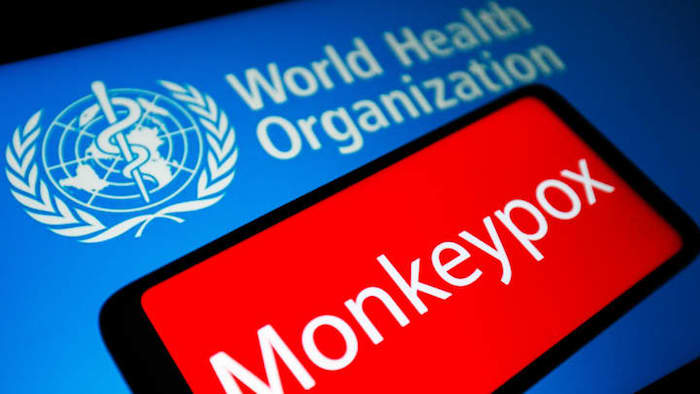The WHO DG said that 1,400 suspected cases and 66 deaths have been reported from monkeypox in Africa.
More than 1,000 cases of monkeypox have been documented in 29 non-endemic countries.
Tedros Ghebreyesus, WHO’s director-general, said this at a live media briefing.
Mr. Ghebreyesus revealed that the latest infections have not only been found in males who have sex with men. Some countries are reporting community transmission incidences, including some in women.
The WHO DG said that 1,400 suspected cases and 66 deaths have been reported from monkeypox in Africa.
The international community is only paying attention to monkeypox since it has appeared in high-income countries.
He called for additional medical attention in African regions endemic to the virus.
According to the WHO website, the UK had the most non-endemic cases on May 29, 2022, followed by Portugal and Canada.
In Africa, the DRC had 1,284 illnesses and 58 deaths between January 1 and May 8, 2022, followed by Nigeria and Cameroon.
Vaccination, prevention
The DG said WHO will offer recommendations on clinical care, infection prevention and control, vaccination, and community protection.
Last week, WHO consulted with 500 researchers to discuss what we know and don’t know and to suggest research priorities.
“We’re also working with UN AIDS, civil society organizations, and communities of guys who have sex with males to answer their questions,” he said.
He also discussed techniques to avoid the illness.
People can safeguard themselves and others. Patients should stay home and see a doctor.
“Housemates of affected people should avoid close contact,” he advised.
On immunization, he said that authorized antivirals and monkeypox vaccines are in short supply and that WHO is establishing a method to distribute supplies based on public health requirements and fairness.
The WHO does not promote public immunization against monkeypox because the current vaccinations are used to protect health workers and laboratory personnel.
According to a WHO explainer, smallpox immunization is 85% effective in preventing monkeypox.
WHO says monkeypox’s clinical appearance mirrors smallpox’s.
Smallpox was easily transmitted and often lethal; 30% of patients perished. The last spontaneously acquired case was in 1977.
Monkeypox clades
The virus has been present in Africa for 50 years, according to WHO’s Rosamund Lewis.
She said a 9-month-old child initially had it in 1970.
“It was first discovered in a colony of study monkeys in Copenhagen, Denmark, which is where the name comes from.
“There are situations where the virus spreads from animals to people, forest encroachment, deforestation, and population pressure,” she said.
Mrs. Lewis said at the briefing that two monkeypox clades are dominant in different places.
The clades are the Congo Basin and West African regions.
The WHO specialist stated that the virus’s West African lineage may produce less severe sickness.
“The strain spreading in non-endemic nations is known to produce less severe sickness,” she said.
“When an illness is mild, people don’t stay home.
Increased human interaction, physical contact, may increase transmission independent of the virus itself.
